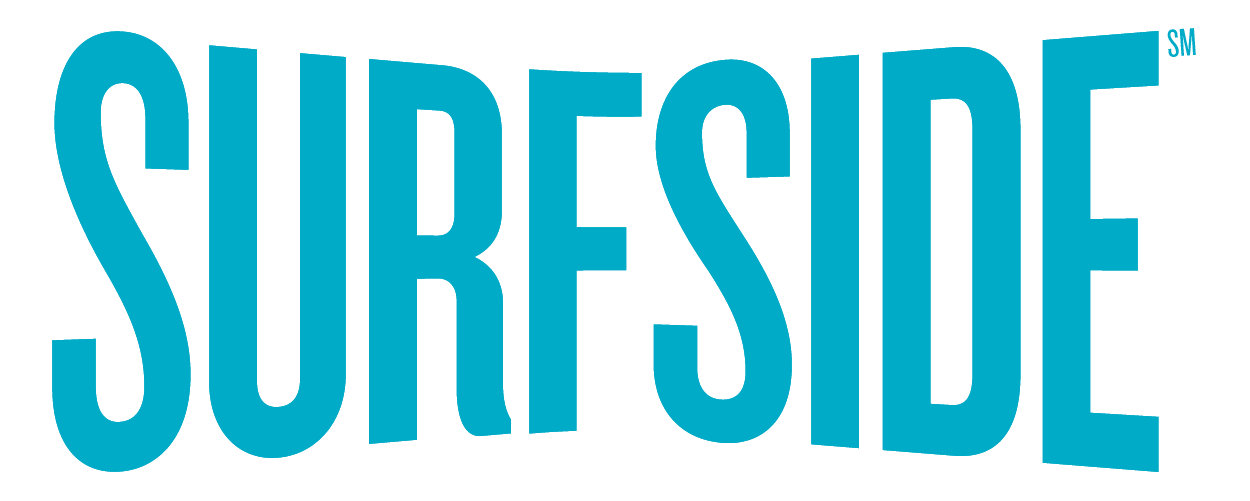Baby Teeth Growth Chart
What Your Baby Teeth Growth Chart Reveals
Your baby’s toothless smile is priceless. But you also can’t wait for the time when her first tooth will start to shyly peek out. When exactly will your baby grow that first tooth? When will the other teeth erupt, and when will baby teeth start to fall out to make way for permanent teeth? A baby teeth growth chart can give you an idea.
Taking the time to look at a baby teething chart allows you to prepare for the dental health milestones your child will experience. Moreover, understanding your baby’s teething timeline can provide you a more solid framework as you help your kid achieve healthy teeth and gums through proper dental hygiene and oral care.
The following are some of the basic information that a teeth growth chart reveals:
Babies will start teething at around four to seven months of age.
What the chart does not tell you: Teeth formation starts early in the womb. At 4 to 6 weeks, the fetus begins to develop the basic material of the tooth. Within the third month of pregnancy, this tooth substance undergoes the process of mineralization to form the hard tooth tissue.
Baby teeth, also called primary teeth, will begin to erupt at around three to 12 months of age. Teeth eruption often happens in pairs for the top and bottom locations.
The first upper and lower molars will usually protrude in the 12th to 15th months.
At 16 to 22 months, you may begin to see the top and bottom canine teeth growing.
The second bottom molars (located at the very back) show up by 20 to 30 months, while the second molars at the top will soon follow at around 25 to 33 months.
The full set of 20 primary teeth will typically be completed by the time the child reaches two to three years old.
At around 6 years old, baby teeth will start falling out at various times throughout the years. Baby teeth will be replaced by permanent teeth.
A full set of 32 permanent teeth will typically be completed by age 21.

Keep in mind that the baby teeth chart is just a standard guide. Every person follows a unique dental development timeline. It is thus important to take your child for regular visits to the dental clinic; this way, the pediatric dentist can monitor the milestones and help you address issues and concerns relating to your child’s teeth and gum health.




